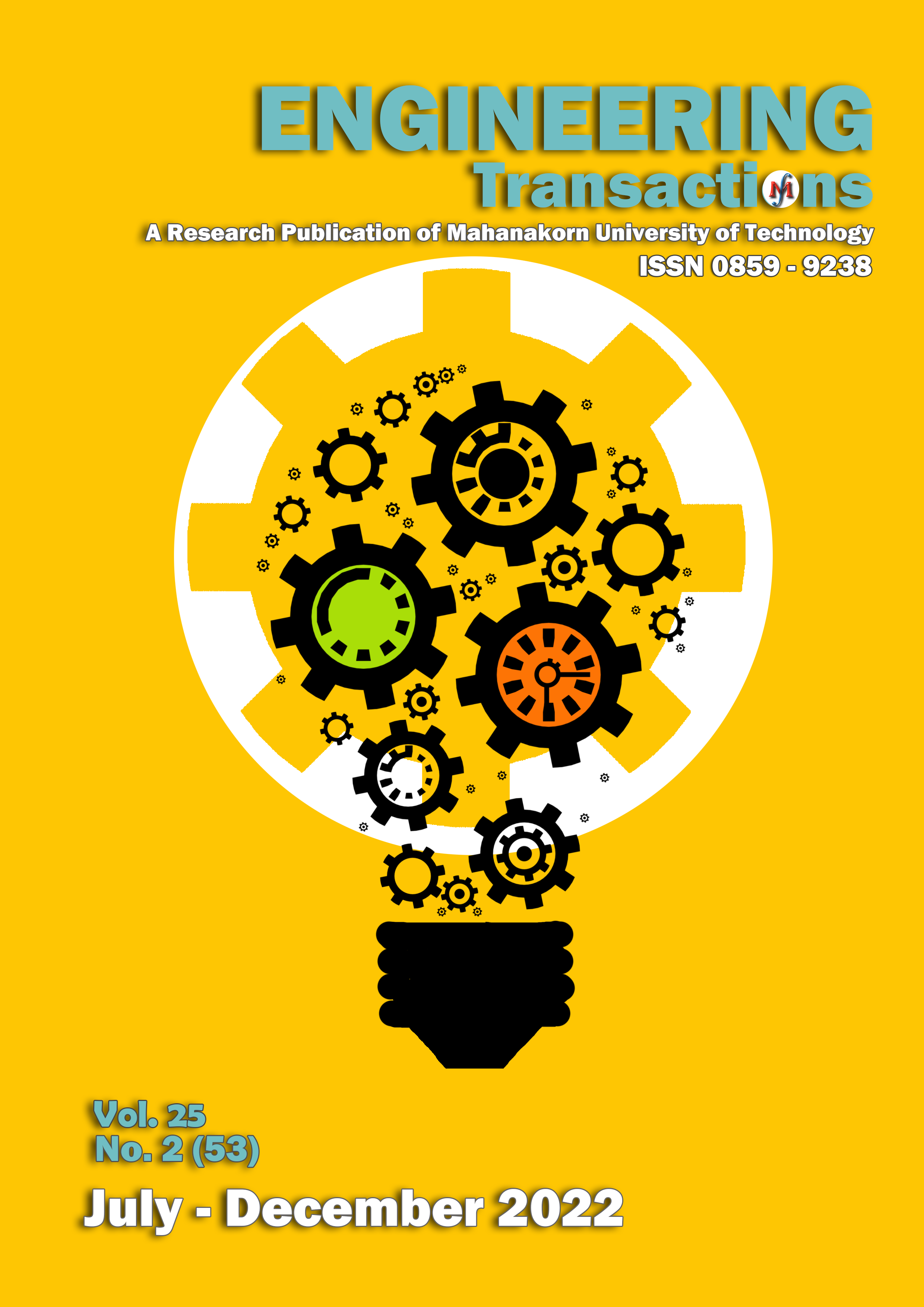Behavior of Reinforced Concrete Beams Strengthened by Epoxy Bonded and Bolted Steel Plates
Main Article Content
Abstract
As is generally acceptable in most of the previous published researches that only the use of adhesively bonded steel plates for external strengthening of reinforced concrete beams has less efficient than the combinations of bonding steel plate and anchoring of the ends of steel plate. The strengthened reinforced concrete beams with no plate-end anchoring can usually lead to brittle debonding failures before the ultimate load is reached. With providing the mechanical plate-end anchorage to the strengthened beams, it is found that the mode of failure becomes the flexural ductile failure and the load carrying capacity of strengthened beam is increased. The purposes of the present study are thus to reexamine the efficiency and performance of the beams, and to present the response behavior for both strengthening singly and doubly reinforced concrete beams having plate-end and intermediate anchored bolts. The obtained experimental results are dealt with for the load-deflection relationships, and the strength capacities of the beams, namely, initial cracking load, yielding load, debonding load, and ultimate load.
Article Details

This work is licensed under a Creative Commons Attribution-NonCommercial-NoDerivatives 4.0 International License.
Copyright @2021 Engineering Transactions
Faculty of Engineering and Technology
Mahanakorn University of Technology
References
J.C. McCormac, Design of Reinforced Concrete, 5th ed., John Wiley & Sons Inc., New York, 2001.
D.J. Oehlers and M.A. Bradford, Elementary Behaviour of Composite Steel and Concrete Structural Members, Butterworth-Heinemann, Oxford, 1999.
K. Zilch, R. Niedermeier, and W. Finckh, Strengthening of Concrete Structures with Adhesively Bonded Reinforcement: Design and Dimensioning of CFRP Laminates and Steel Plates, Wilhelm Ernst & Sohn, Berlin, 2014.
I.L.K. Reid, Concrete Bridge Strengthening and Repair, Thomas Telford Ltd., London, 2009.
R. Jones, R.N. Swamy, and T.H. Ang, “Under- and over-reinforced concrete beams with glued steel plates,” Int. J. Cem. Compos. Lightweight Concr., vol. 4, pp. 19-32, 1982.
O. Vilnay, “The analysis of reinforced concrete beams strengthened by epoxy bonded steel plates,” Int. J. Cem. Compos. Lightweight Concr., vol. 10, pp. 73-78, 1988.
D.J. Oehlers, “Reinforced concrete beams with plates glued to their soffits,” J. Struct. Eng., vol. 118, pp. 2023-2038, 1992.
A. Gomes and J. Appleton, “Strengthening design of concrete beams by addition of steel plates,” in Proc. Int. Conf. on Enhancement and Promotion of Computational Methods in Engineering and Science, August 2-5, 1999, Macau, pp. 657-666, 1999.
H.E.M. Sallam, A.M. Saba, H.H. Shahin, and H. Abdel-Raouf, “Prevention of peeling failure in plated beams,” J. Adv. Concr. Technol., vol. 2, pp. 419-429, 2004
M.Z. Jumaat and M.A. Alam, “Plate bonded strengthened R.C. beams with end and intermediate anchors,” Int. J. Eng. Technol., vol. 4, pp. 185-193, 2007.
S.D. Ngidi and M. Dundu, “Repair of reinforced concrete beams with adhesive bonded steel plates,” in Proc. the 14th Int. Conf. on Structural and Geotechnical Engineering, December 20-22, 2015, Cairo, Egypt, 2015.
E.M. Lotfy and W. Elkamash, “Numerical study of R.C. beams strengthening by external steel plate,” Am. J. Eng. Res., vol. 6, pp. 48-56, 2017.
J. Tarigan, F.M. Patra, and T. Sitorus, “Flexural strength using steel plate, carbon fiber reinforced polymer (CFRP) and glass fiber reinforced polymer (GFRP) on reinforced concrete beam in building technology,” IOP Conf. Ser.: Earth Environ. Sci., vol. 126, article no. 012025, 2018.
Y.G. Abtan, “Effective length and area of bolted steel plates attached externally to strengthen reinforced concrete beams,” IOP Conf. Ser.: Mater. Sci. Eng., vol. 737, article no. 012012, 2020.
H. Tang, J. Peng, and J. Zhang, “Influence of further corrosion on structural behavior of corroded reinforced-concrete beam strengthened with steel plate using different strengthening schemes,” J. Perform. Constr. Facil, vol. 34, article no. 04019117, 2020.


